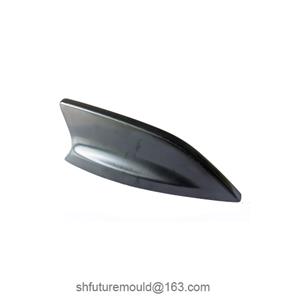Key Considerations of Temperature Control in injection molding
Temperature control is a critical aspect of plastic injection molding that directly impacts product quality, production efficiency, and equipment lifespan. Here are the core considerations for temperature control in the injection molding process:
1. Plastic Melting Temperature
Each plastic has its specific melting temperature range. Precise temperature control ensures that the plastic is fully plasticized while avoiding defects:
Temperature too low: This leads to incomplete melting of the plastic, resulting in short shots, rough surfaces, and other issues.
Temperature too high: This can cause plastic degradation, resulting in bubbles, discoloration, and even a decline in product performance.
2. Mold Temperature
Mold temperature directly affects the cooling rate, surface quality, and dimensional accuracy of the product:
Mold temperature too low: This may cause the product to shrink, warp, or have a dull surface.
Mold temperature too high: This can improve the surface quality of the product and reduce internal stress, but may prolong the cooling time.
3. Temperature Zone Control in the Injection Molding Machine
Injection molding machines typically have multiple temperature control zones (such as barrel, nozzle, and screw feed inlet). Accurate adjustment of each zone is necessary to ensure:
Good plastic flow.
Prevention of material degradation or blockage at high temperatures.
Uniform pressure distribution during injection.
4. Optimization of the Cooling System
The cooling stage is a significant part of the injection cycle. Cooling efficiency directly affects the production cycle and product quality:
Design balanced and optimized mold cooling channels.
Maintain a suitable cooling water temperature to avoid excessive cooling or uneven cooling that can cause product deformation.
5. Advanced Temperature Control Systems
Modern injection molding machines are equipped with advanced temperature control systems that can significantly improve the accuracy of temperature regulation:
Real-time monitoring: Sensors monitor the temperature of each zone in real time to ensure process stability.
Automatic adjustment: Automatically adjusts the temperature based on different plastic or mold requirements, reducing human error.
- Injection Mold
- Automotive Injection Mold
- Electronics & Electrical Injection Mold
- Consumer Goods Injection Mold
- Airplane Components Injection Mold
- Medical Components Injection Mold
- Irrigation Components Injection Mold
- Injection Molds




